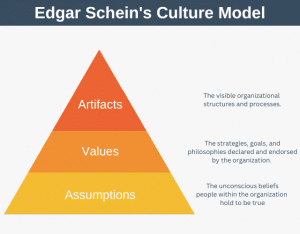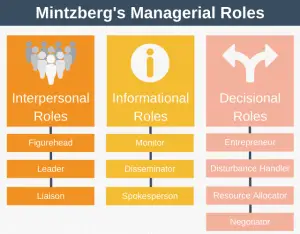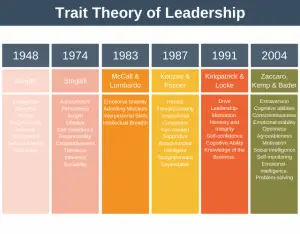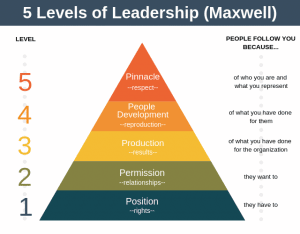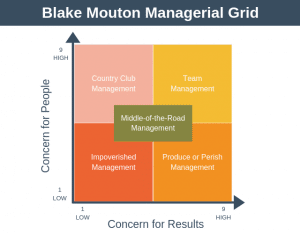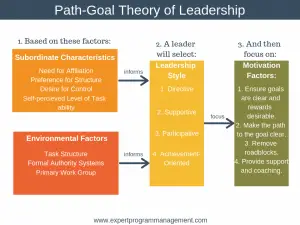The McNamara fallacy is named after Robert McNamara. McNamara was a very successful man. He graduated from Harvard with an MBA in 1939. Later he became the first president of the Ford Motor Company from outside the Ford family, and eventually found himself as the U.S. Secretary of Defense during the Vietnam war and the Kennedy administration.
McNamara made his name during his time at Ford by choosing data points to measure, and then ruthlessly optimizing the processes that produced those data points to improve efficiency, costs, and quality.
He brought this same approach to the Vietnam war, where the main metric he used to determine success was body count. However, this approach failed as McNamara was blindsided by human behavior and the chaos and destruction of war. Essentially, body count is a poor measure of how a war is progressing, ignoring the mood of the public, territory gained, and strategic progress etc.

Thus, the approach of reducing deeply human processes to a mere figure became known as the McNamara Fallacy, a term coined by the sociologist Daniel Yankelovitch. Yankelovitch described the fallacy in four points:
- Measure whatever can be easily measured.
- Disregard that which cannot be measured easily.
- Presume that which cannot be measured easily is not important.
- Presume that which cannot be measured easily does not exist.
The implications of each of the 4 steps of the fallacy are as follows:
- This is ok as far as it goes.
- This is artificial and misleading.
- This is blindness.
- This is suicide (at least as it applies to war).
In a nutshell, the McNamara fallacy is when a decision is based solely on numbers (e.g. metrics or statistics) and all qualitative factors are ignored. Doing this makes us blind to what is really going on, and it applies to many more situations that just war.
McNamara Fallacy Example: Business
Measurement in business is obviously crucial. Unfortunately the McNamara fallacy is present in many businesses today, where that which is easy to measure gets measured, and that which is difficult to measure gets ignored. We then place value on that which is easy to measure and try to optimize for it. Then we ignore everything else. Unfortunately, this can leave us blind to what is really going on within the business.
Let us suppose that a business has just created a new website. After a bedding in period they notice that visits to the site are up 50% and not only that, there is an uplift of 25% in the number of people who sign up to join their newsletter.
Congratulations all around, right? Not necessarily.
What if the percentage of people who never open one of their emails has increased? What if the percentage of people who unsubscribe immediately from the email list has increased? If people aren’t even reading the email then there isn’t that much if anything to celebrate.
By focussing on just those easy to measure headline metrics the business could have missed what is really going on with its users who have visited the site. By going deeper and using qualitative data as well as the hard figures, the business could have the opportunity to see the real issues, as well as the opportunities that are in front of them.
McNamara Fallacy Example: Education
In a very simplistic sense, two things are happening in every classroom, learning and performance. Performance is obviously very easy to measure, whereas learning is very difficult to measure.
Because of this, we tend to focus on what’s easy to measure, performance, using the proxy of test results. The logic then being that we can use the data from these results to improve standards. Applying McNamara’s fallacy, we can see that this is potentially the wrong way around and we should be looking to improve standards to drive up test results.
A culture of relentlessly focussing on data points will eventually in some cases lead to poor teaching and even cheating, because the focus has moved away from doing what is right, and has instead changed to focus only on hitting specific numbers. Everything else is forgotten or considered unimportant.
Summary
In a nutshell, the McNamara fallacy occurs when we focus on easy to measure numbers which don’t tell us the whole story, and we ignore everything else. The McNamara fallacy makes us blind to what is really going on. In a business sense, one way to spot the fallacy in action could be when all of your KPIs are going in the right direction yet your bottom line isn’t improving.
Image credit: DoDEA

